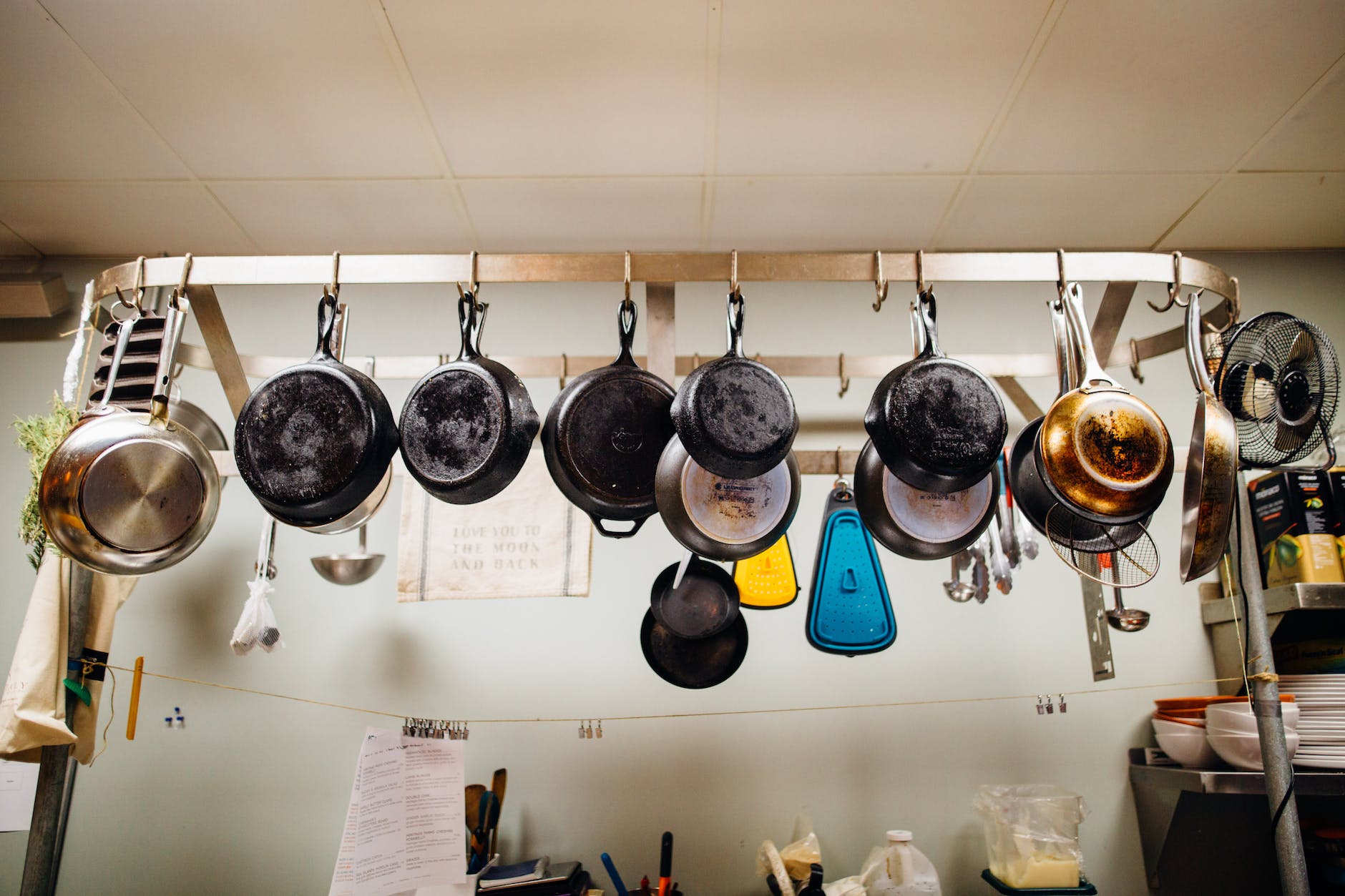Choosing the Right Cookware Material for Your Kitchen
Understanding the Importance of Cookware Material in Your Kitchen
When it comes to cooking, the right cookware material can make all the difference. The material of your pots and pans affects not only the cooking process but also the taste and quality of your food. Understanding the importance of cookware material is crucial in creating delicious and healthy meals for you and your family.
One of the key factors to consider when choosing cookware material is heat conductivity. Different materials conduct heat differently, which affects how evenly your food cooks. Another important factor is durability. You want cookware that will last for years without losing its quality or affecting the taste of your food. Additionally, ease of maintenance and versatility are also important considerations.
Exploring the Pros and Cons of Different Cookware Materials
There are several popular cookware materials available in the market, each with its own set of pros and cons. Let’s take a closer look at some of the most common options.
Stainless Steel: The Versatile and Durable Choice for Every Kitchen
Stainless steel is a popular choice for cookware due to its versatility and durability. It is resistant to rust, corrosion, and staining, making it a long-lasting option for your kitchen. Stainless steel cookware is also non-reactive, meaning it won’t leach any harmful chemicals into your food. This makes it a safe choice for cooking acidic or alkaline dishes.
One of the main advantages of stainless steel cookware is its even heat distribution. It ensures that your food cooks evenly, preventing hot spots that can lead to unevenly cooked meals. Stainless steel is also compatible with all types of stovetops, including induction, making it a versatile option for any kitchen.
However, stainless steel cookware can be a poor conductor of heat on its own. To overcome this, many stainless steel pans come with an aluminum or copper core, which enhances heat conductivity. These pans are often more expensive but offer superior heat distribution.
Nonstick Cookware: Is it Worth the Investment?
Nonstick cookware has gained popularity due to its convenience and ease of use. The nonstick coating prevents food from sticking to the surface, making it ideal for cooking delicate items like eggs or pancakes. It also requires less oil or butter, making it a healthier option for those watching their fat intake.
However, nonstick cookware does have its drawbacks. The nonstick coating can wear off over time, especially if not properly cared for. High heat can damage the coating, releasing toxic fumes into the air. It is important to use nonstick cookware at low to medium heat to avoid this issue. Additionally, nonstick pans are not suitable for high-temperature cooking methods like searing or broiling.
Cast Iron: Rediscovering the Classic Cookware Material
Cast iron cookware has been used for centuries and is known for its excellent heat retention and even heat distribution. It is perfect for slow cooking, braising, and baking. Cast iron pans can also be used on the stovetop, in the oven, or even over an open fire, making them incredibly versatile.
One of the main advantages of cast iron cookware is its durability. With proper care, cast iron pans can last for generations. They also develop a natural nonstick surface over time, making them ideal for searing and frying.
However, cast iron cookware requires special care to maintain its quality. It needs to be seasoned regularly to prevent rust and maintain its nonstick surface. Cast iron pans are also heavy and can take longer to heat up compared to other materials.
Copper Cookware: The Chef’s Secret to Superior Heat Conduction
Copper cookware is the choice of professional chefs due to its superior heat conductivity. Copper pans heat up quickly and distribute heat evenly, allowing for precise temperature control. This makes them ideal for delicate tasks like making sauces or melting chocolate.
In addition to its excellent heat conduction, copper cookware is also aesthetically pleasing. It adds a touch of elegance to any kitchen and can be displayed as a decorative element.
However, copper cookware requires regular maintenance to keep it looking its best. It can tarnish over time and needs to be polished to maintain its shine. Copper cookware is also expensive compared to other materials, making it a less accessible option for some.
In conclusion, choosing the right cookware material for your kitchen is essential for achieving optimal cooking results. Stainless steel offers versatility and durability, while nonstick cookware provides convenience. Cast iron is a classic choice for its heat retention, and copper cookware offers superior heat conductivity. Consider your cooking needs, budget, and maintenance preferences when selecting the perfect cookware material for your kitchen.
